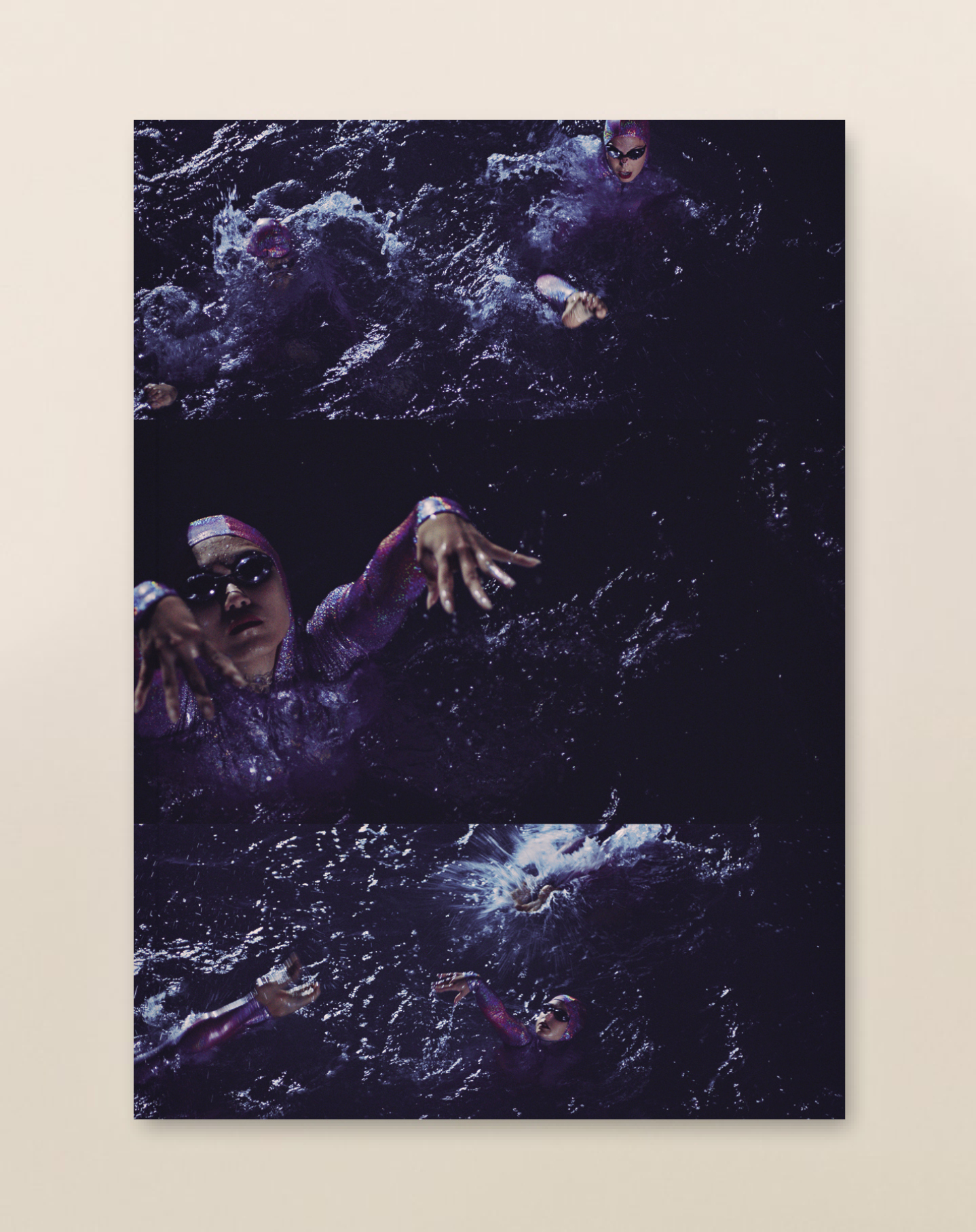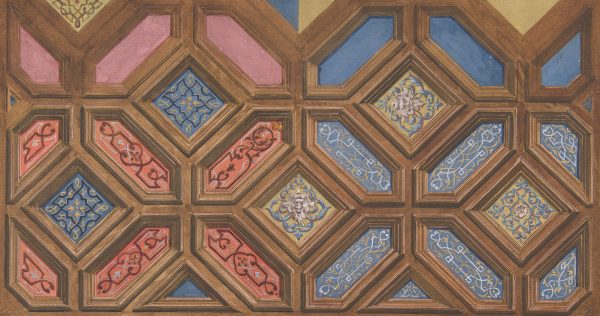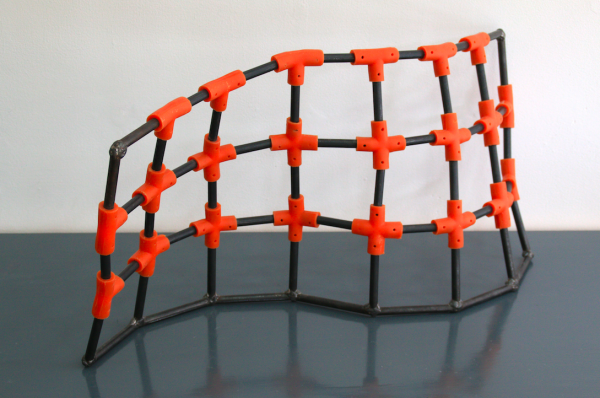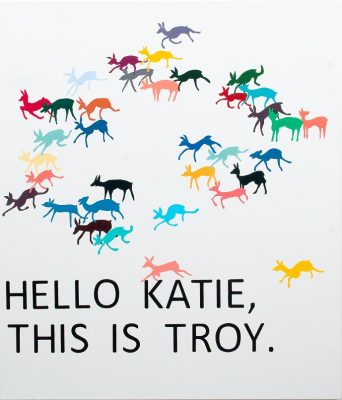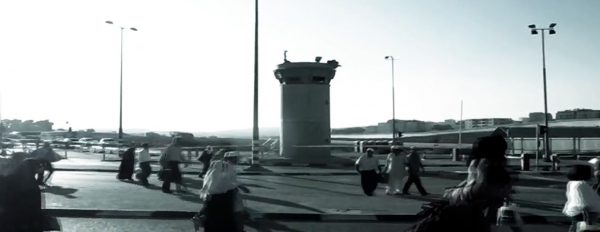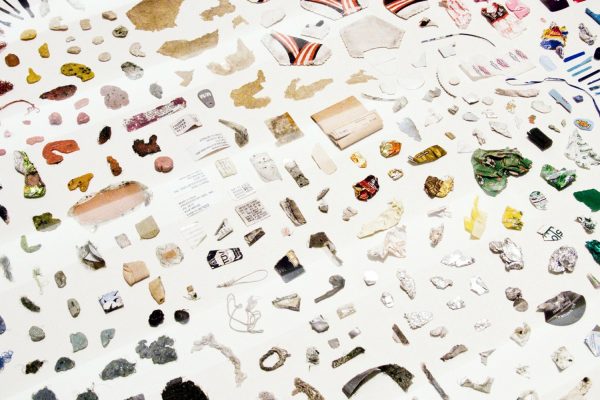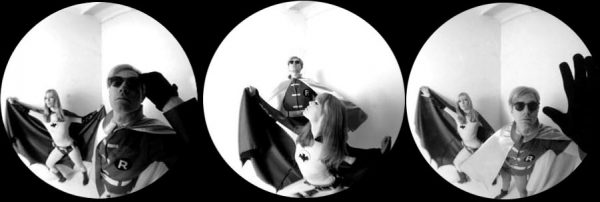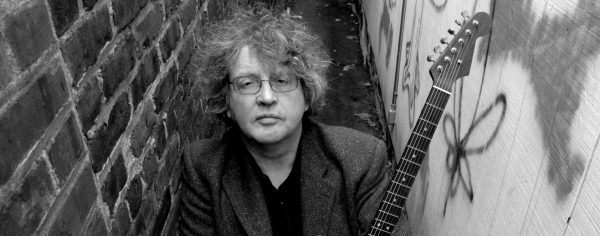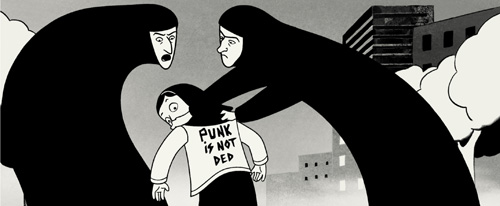Rye Dag Holmboe
Rye Dag Holmboe is a writer and PhD candidate in History of Art at University College, London. He has recently co-authored and co-edited the book JocJonJosch: Hand in Foot, published by the Sion Art Museum, Switzerland (2013). He has recently edited Jolene, an artist's book which brings together the works of the poet Rachael Allen and the photographer Guy Gormley, which will be published later this year. His writings have appeared in The White Review, Art Licks and in academic journals.
READ NEXT
